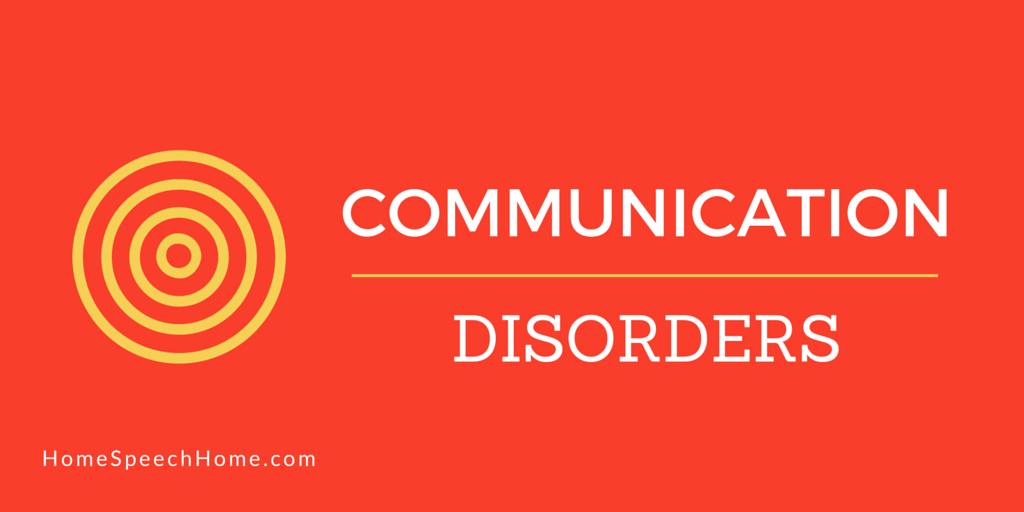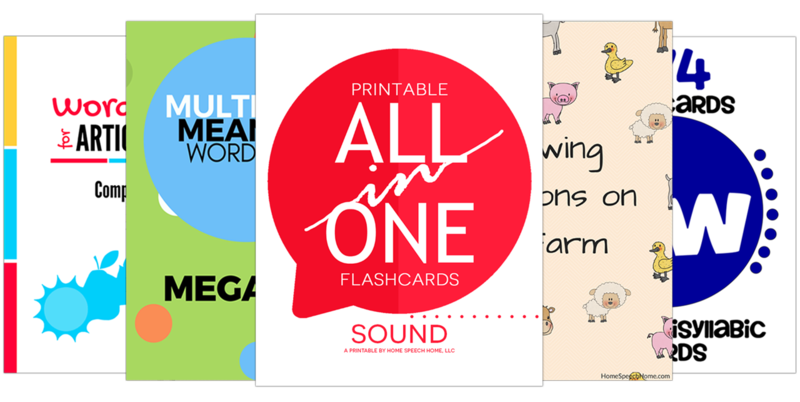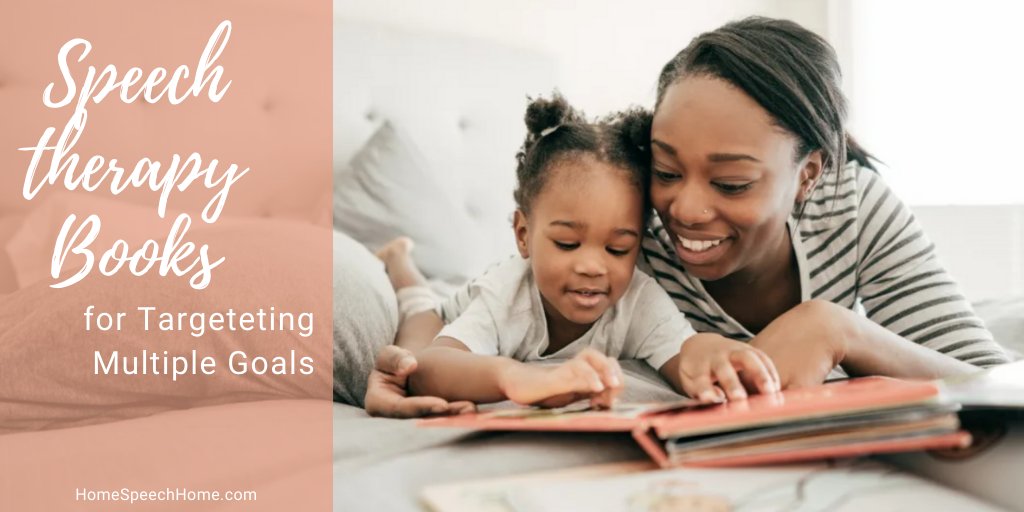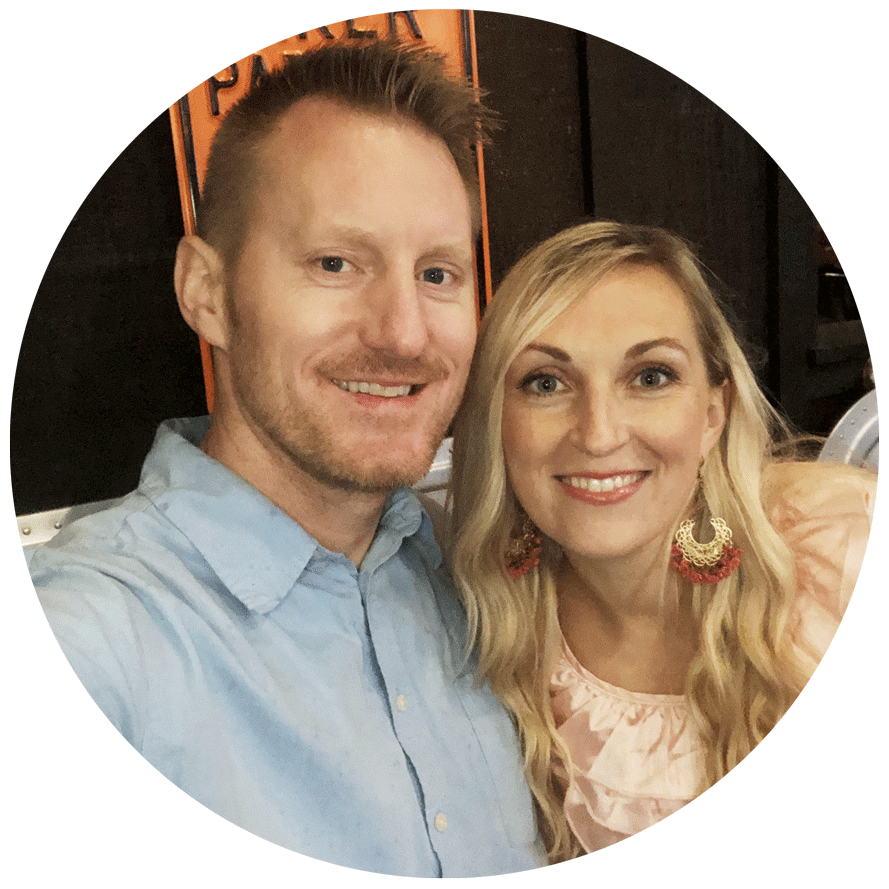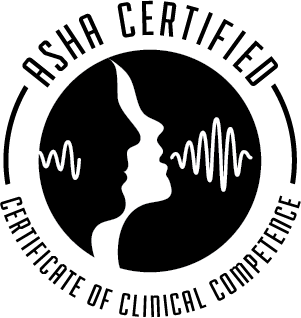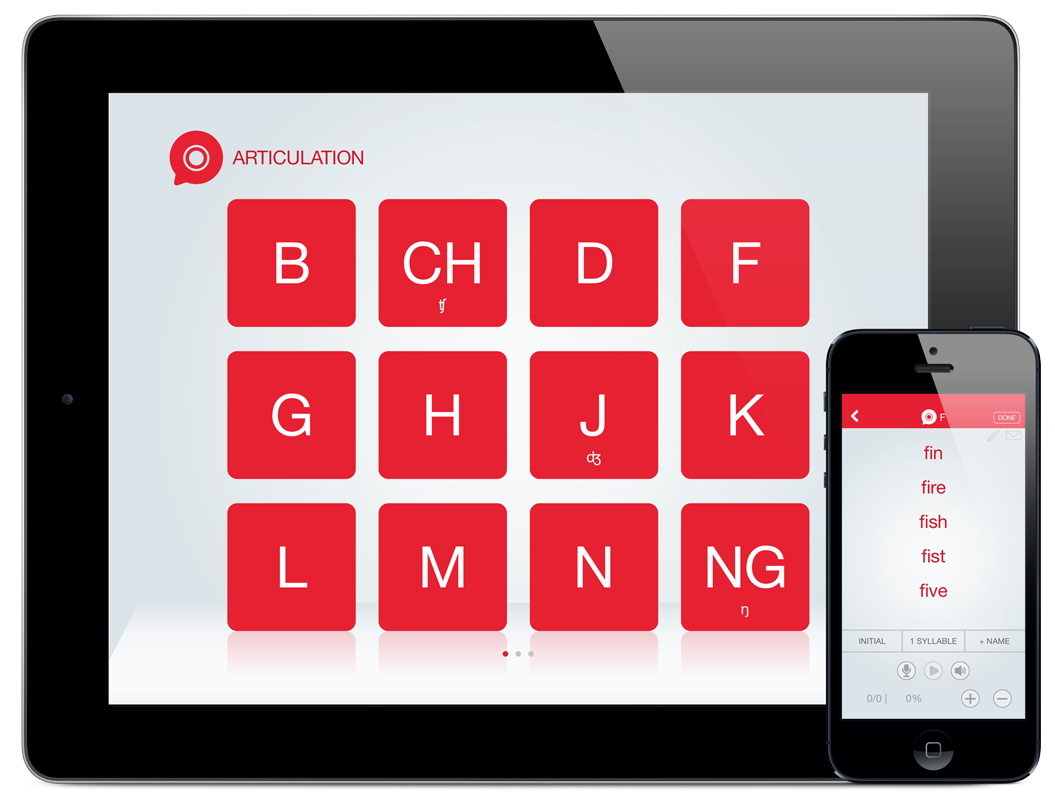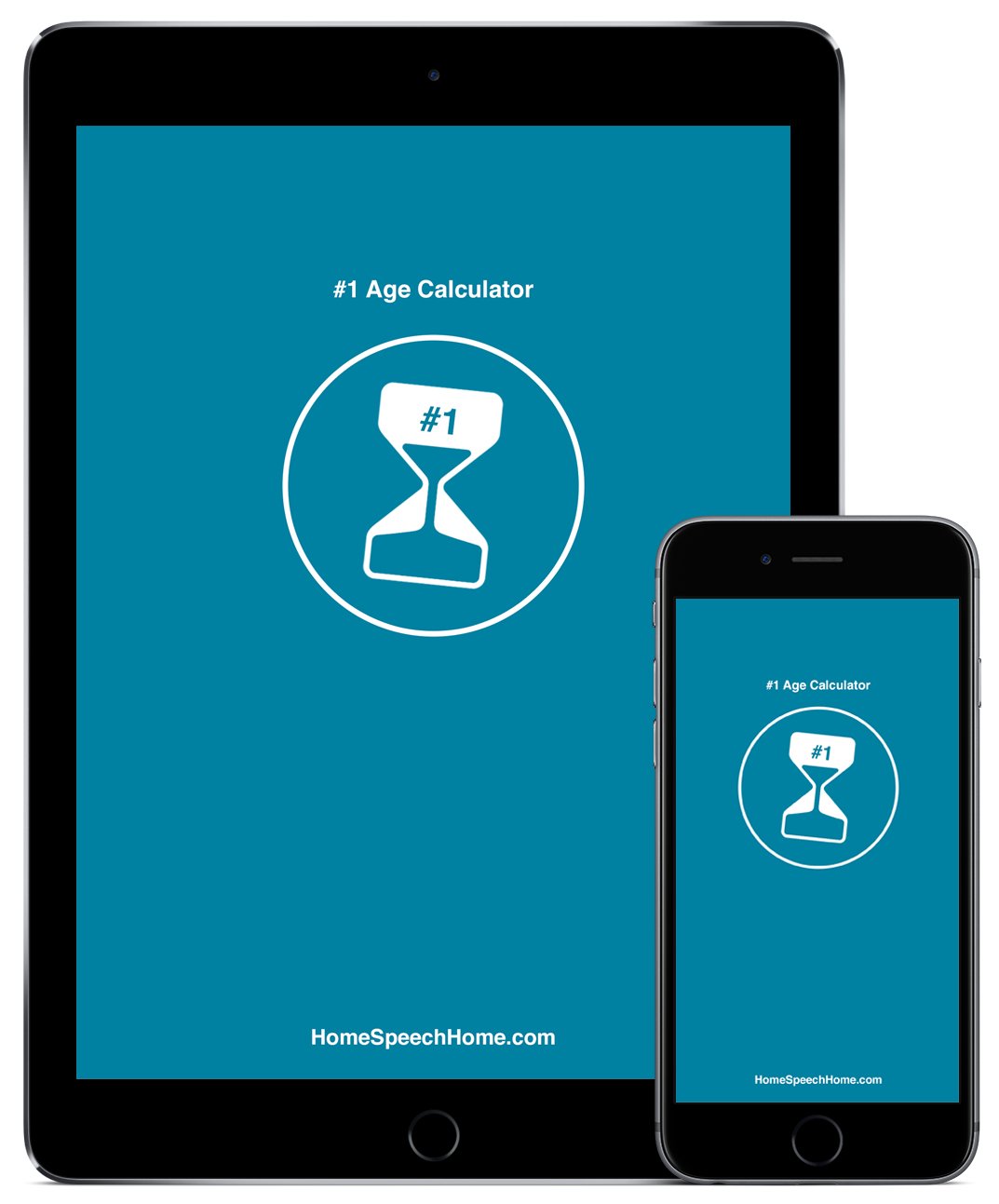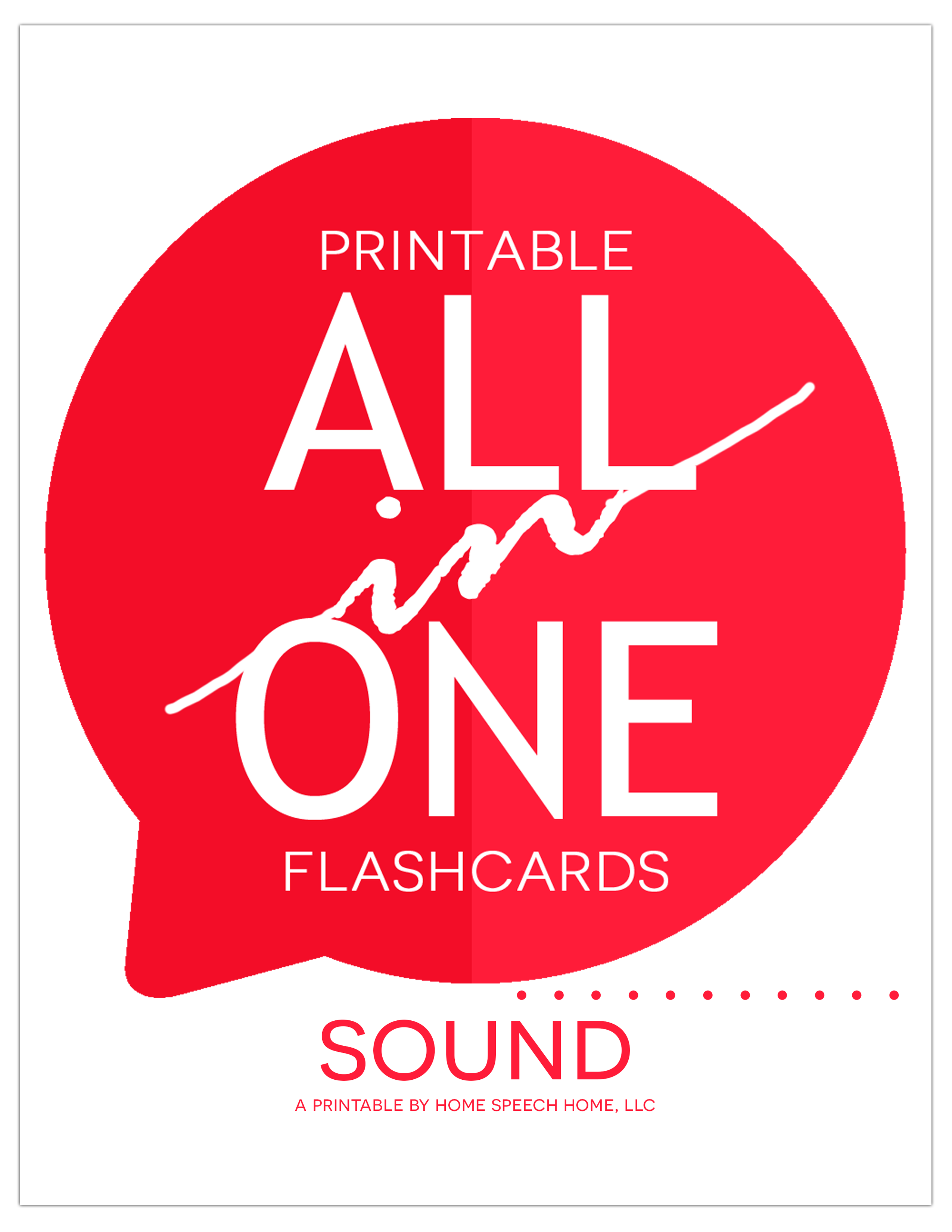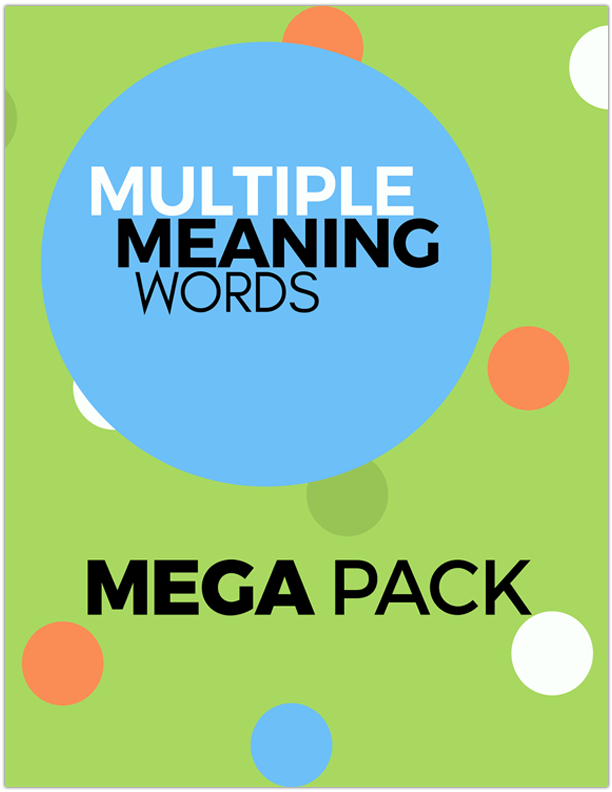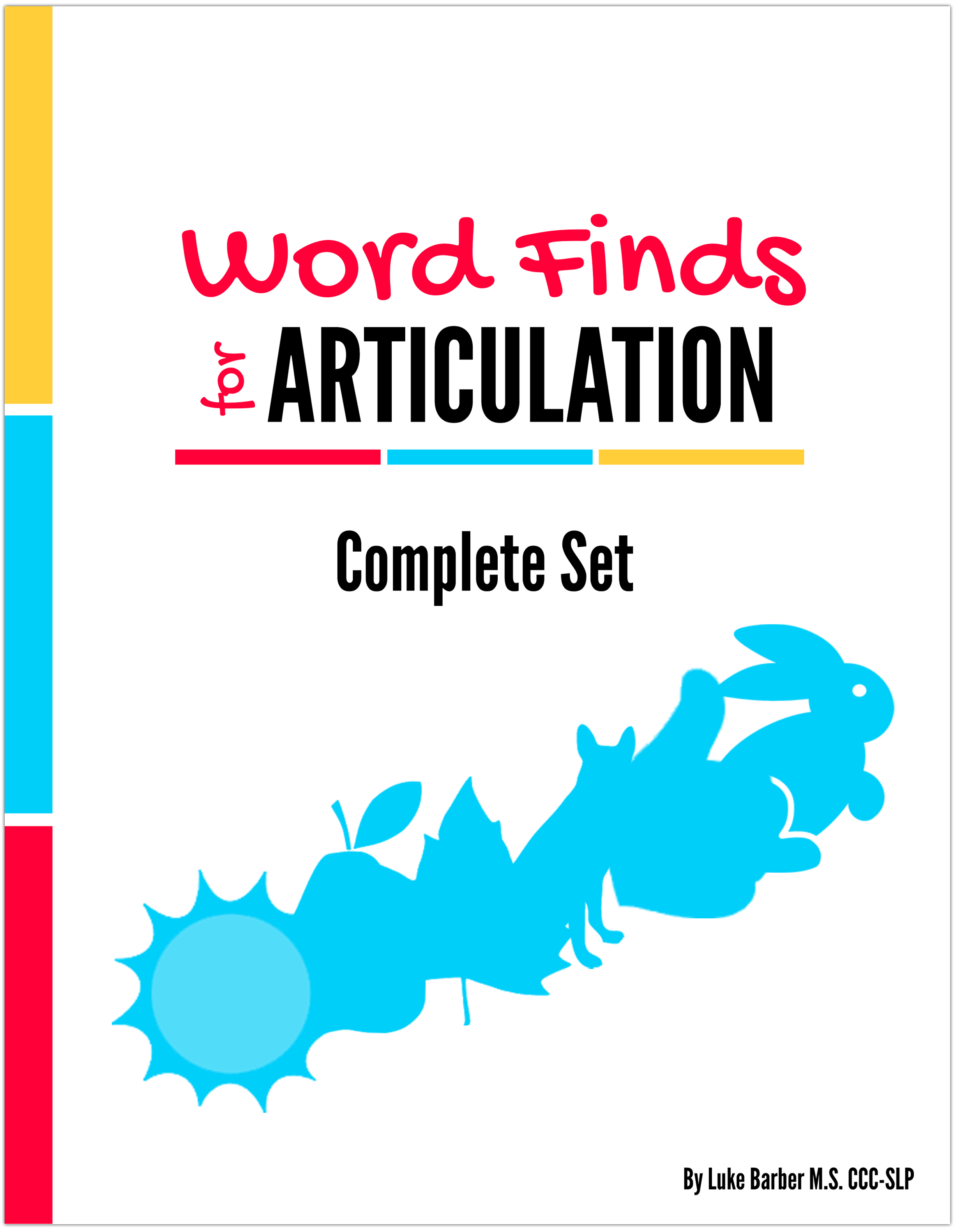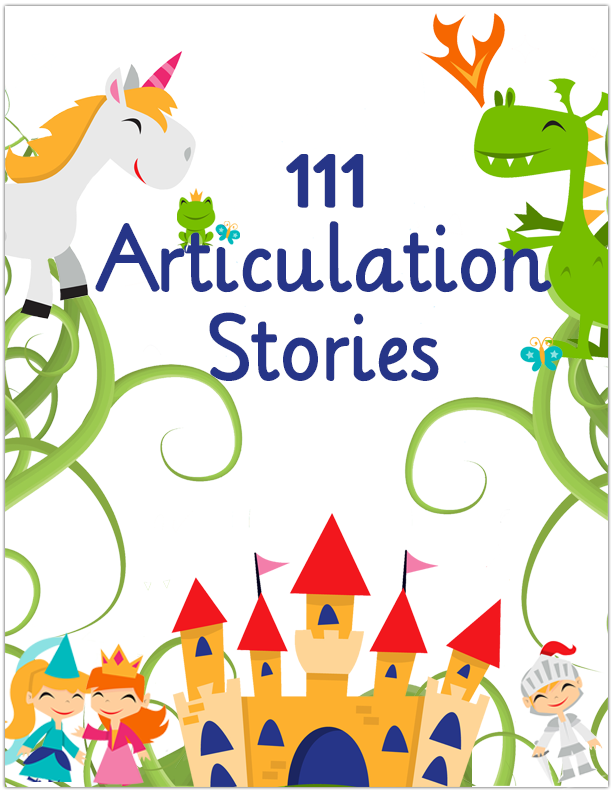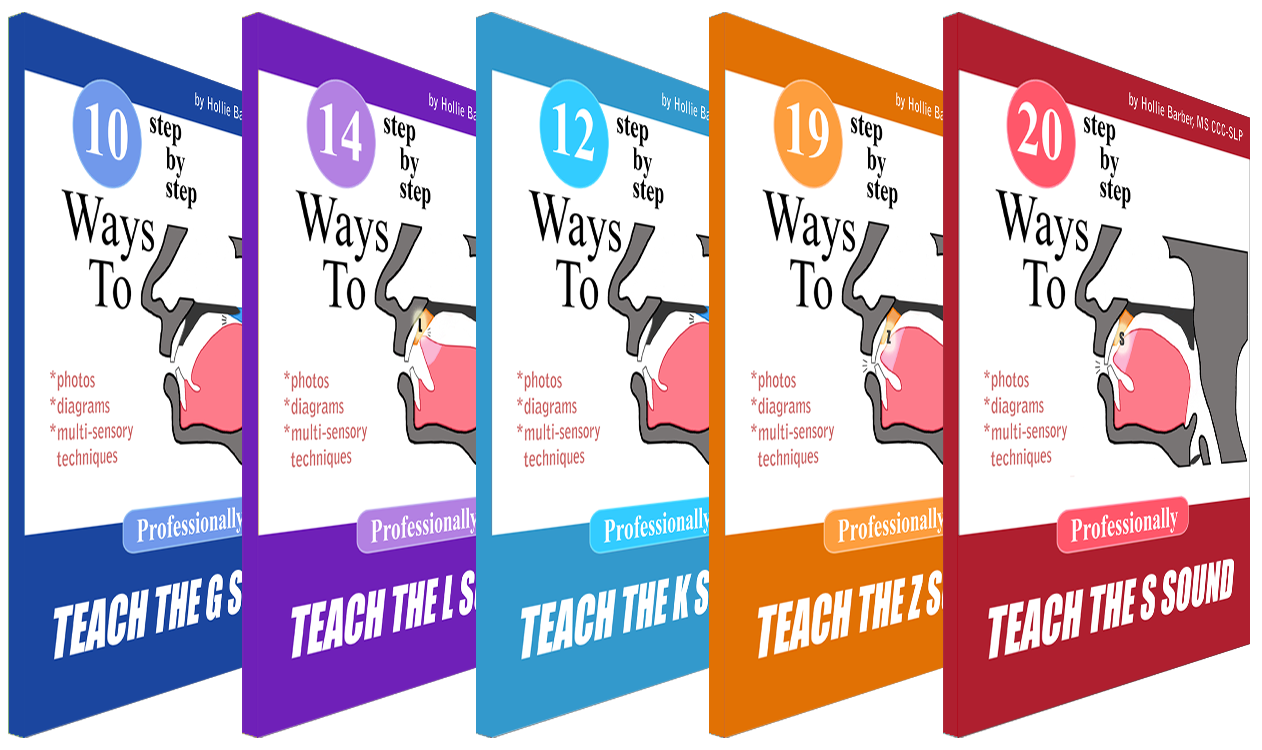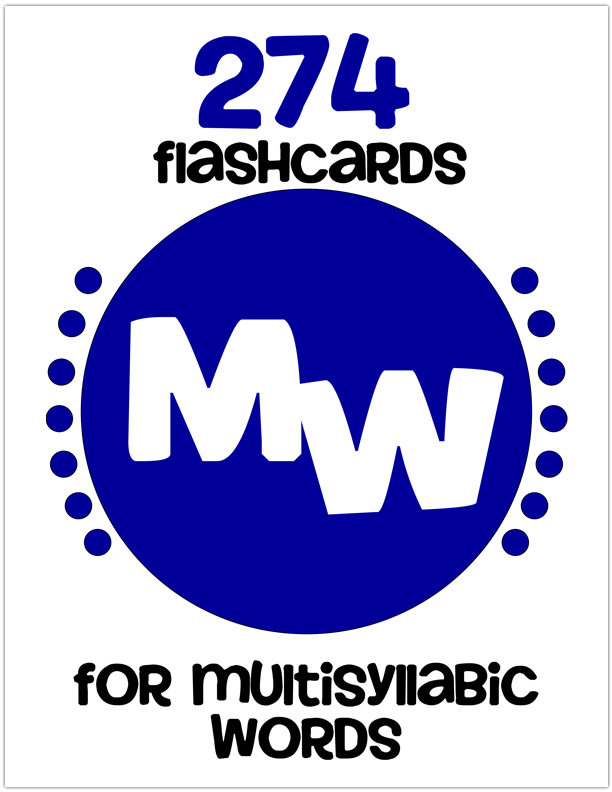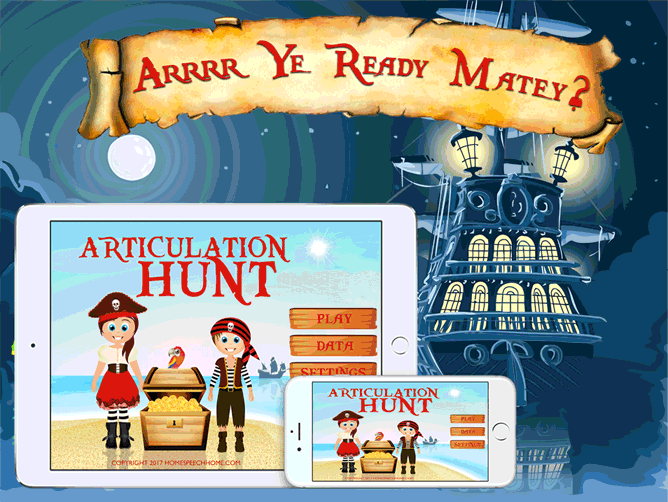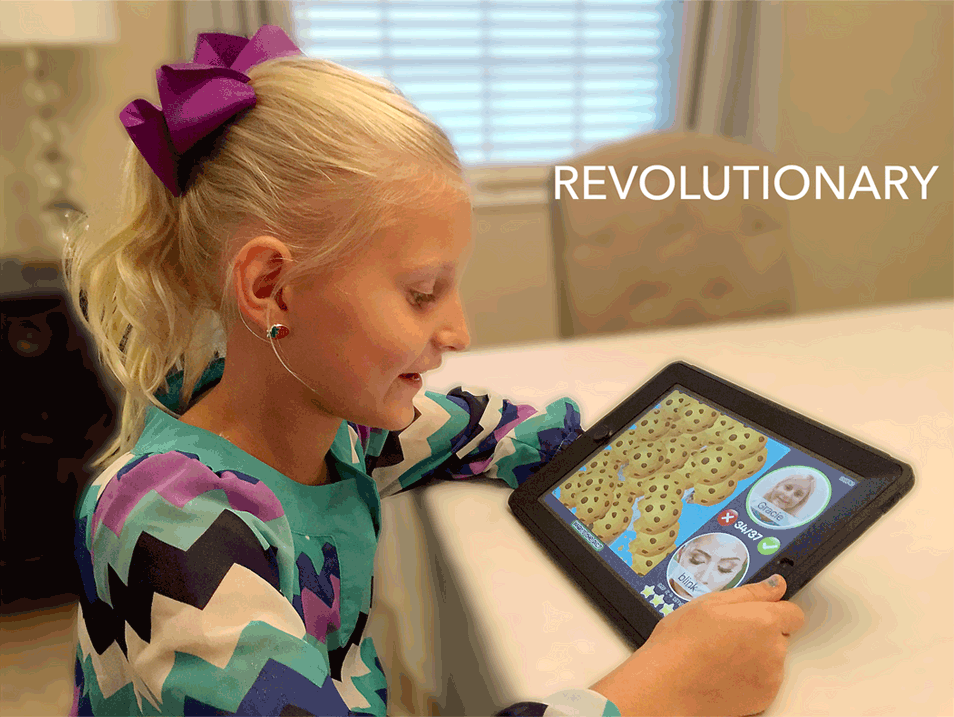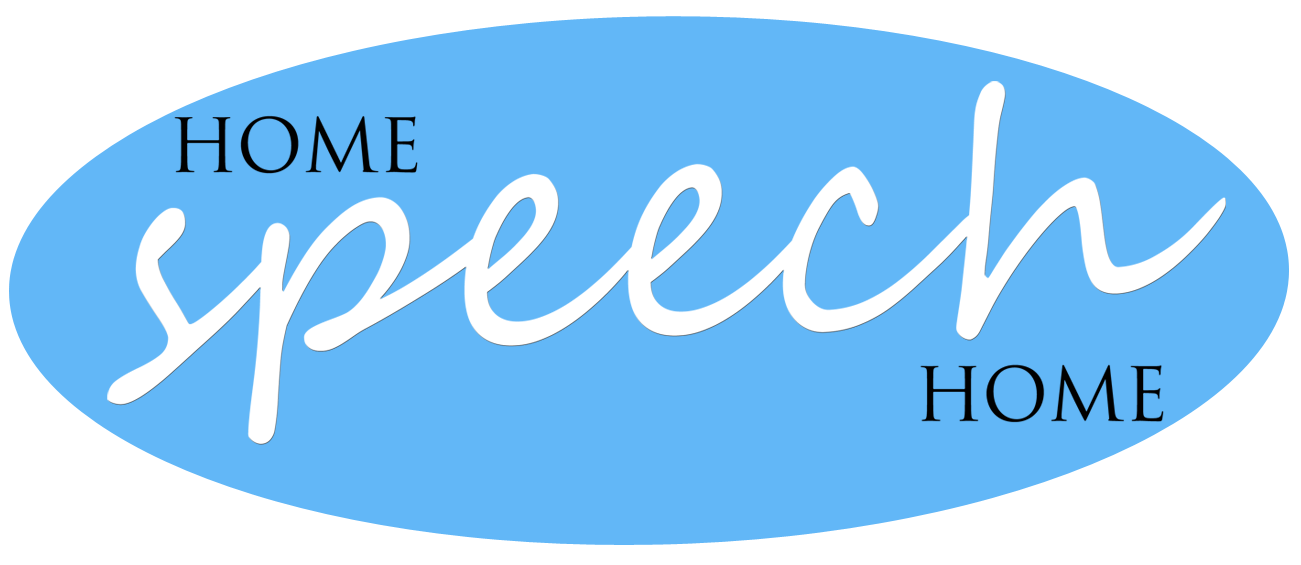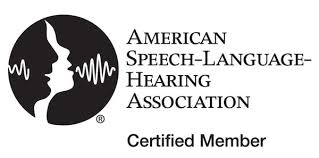Communication Disorders 101:
The Simplified Version
There are more types of communication disorders than most people think. If you already knew that, well done! You've done some research.
If you didn't know that...
...just think how smart you'll sound the next time this topic comes up.
Explore Our Goal Achieving, Client Centered Products
To be honest specifics about speech and language disorders are not really common knowledge, but here's what you need to know.
Speech disorders have been referred to as:
- speech delay
- speech problems
- speech impairment
- speech impediment (my least favorite)
To better understand this communication disorders you need to know how speech is "made" and what language is.
Don't worry, we're not going to get really technical here, it's just so you understand the basics.
The four actions we use to make speech are:
- Respiration - it all starts with air from our lungs.
- Phonation - air passes our vocal cords or "voice box" and makes the cords vibrate for some sounds.
- Articulation - most of the action happens here when the air is changed into different sounds when it passes our lips, teeth, and tongue.
- Resonation - when air goes through our nose it helps make 3 different sounds.
Please see this section on Speech Helpers that specifically, but simply outlines all the parts of the body that are used to make speech.
SEE ALSO: The Best Free App for Speech Therapy
The concept of Speech Helpers is to help children better understand where different sounds are made in the mouth.
You will also be able to download our free Speech Helpers e-Book on the Speech Helpers page.
Similar to speech disorders, language disorders are also known by many names:
- language delay
- language disability
- language impairment
- specific language impairment
Having low language skills can be very frustrating because it limits how well you can communicate.
Low language skills can also be related to a learning disorder.
We use language all day, every day.
If you have ever been to a foreign country or have tried to talk with someone who doesn't speak your language, you know what I'm talking about.
SEE ALSO: The Best Books for Speech Therapy Practice
Believe it or not language is divided into 3 different categories. Each category includes one or more parts of language.
They include:
Category 1 - Form
- morphology - the smallest meanings of words (ex. -ing is something happening now, -ed means something happened in the past, etc.)
- phonology - putting sounds together to make words, the study of speech sounds, sound patterns, and the rules used to create words with those sounds
- syntax - how we arrange words together to make meaningful sentences, grammar is also part of this subcategory.
Category 2 - Content
- semantics - the study of the meaning of language
Category 3 - Use
- pragmatics - the study of the rules that govern the use of language in social situations
You can read about the communication disorders we cover on our site by looking in the "Disorders" section located in our site Navigation.
You may already have an idea as to what kind of disorder your child or loved one has, however...
...a little bit of reading and research goes a long way.
If you would like real time feedback about your child's speech and language development use our free speech and language screeners for more immediate results.
Return to top of Communication Disorders
Activities and Product Discounts, Oh My!
Sign up for Terrific Therapy Emails
Your information is 100% private & never shared.
